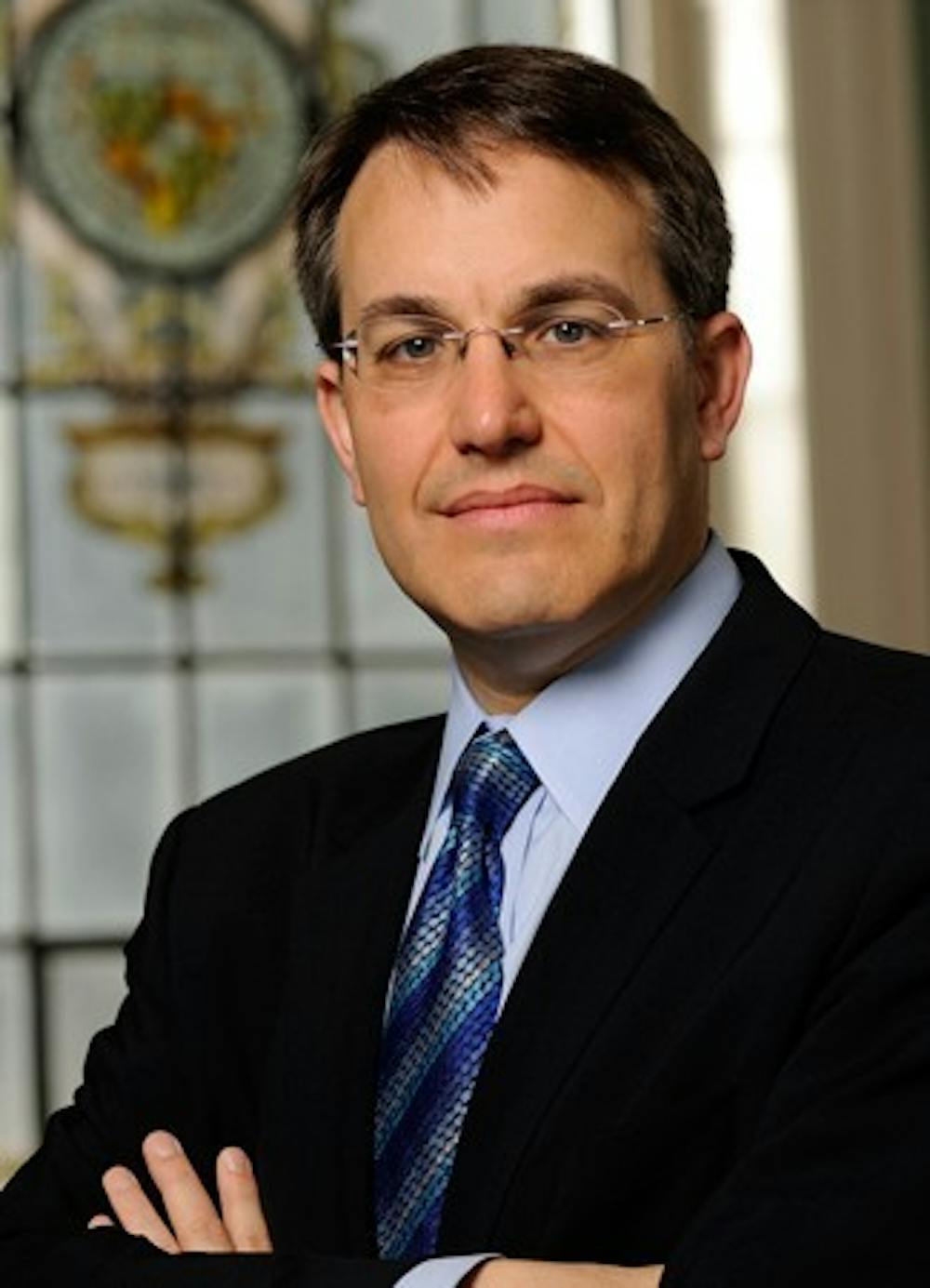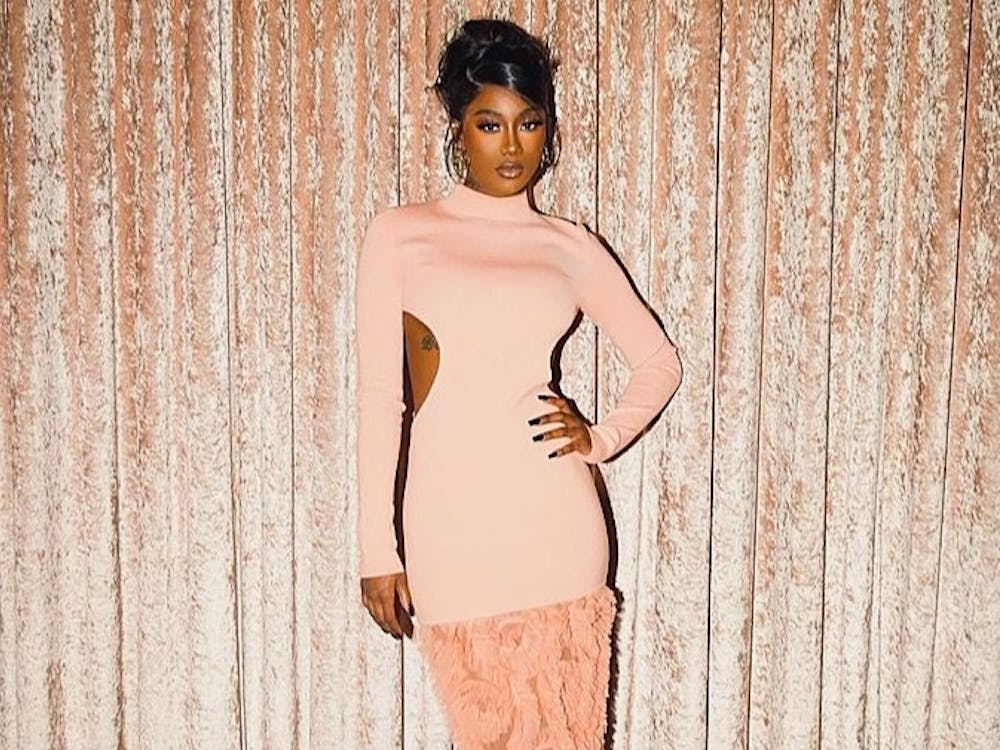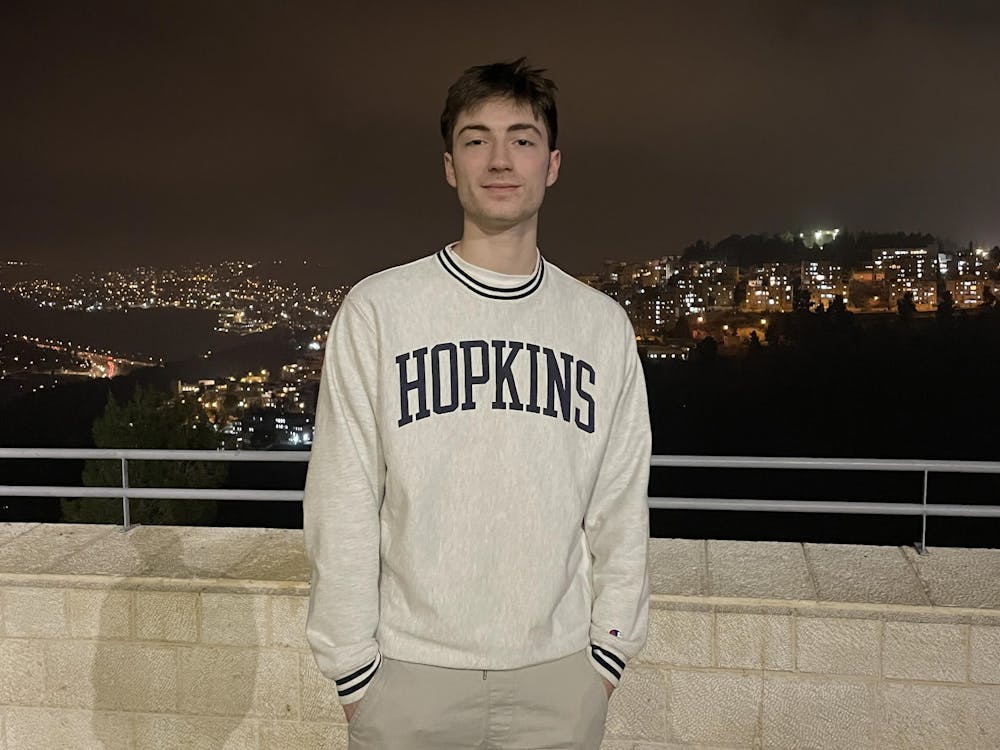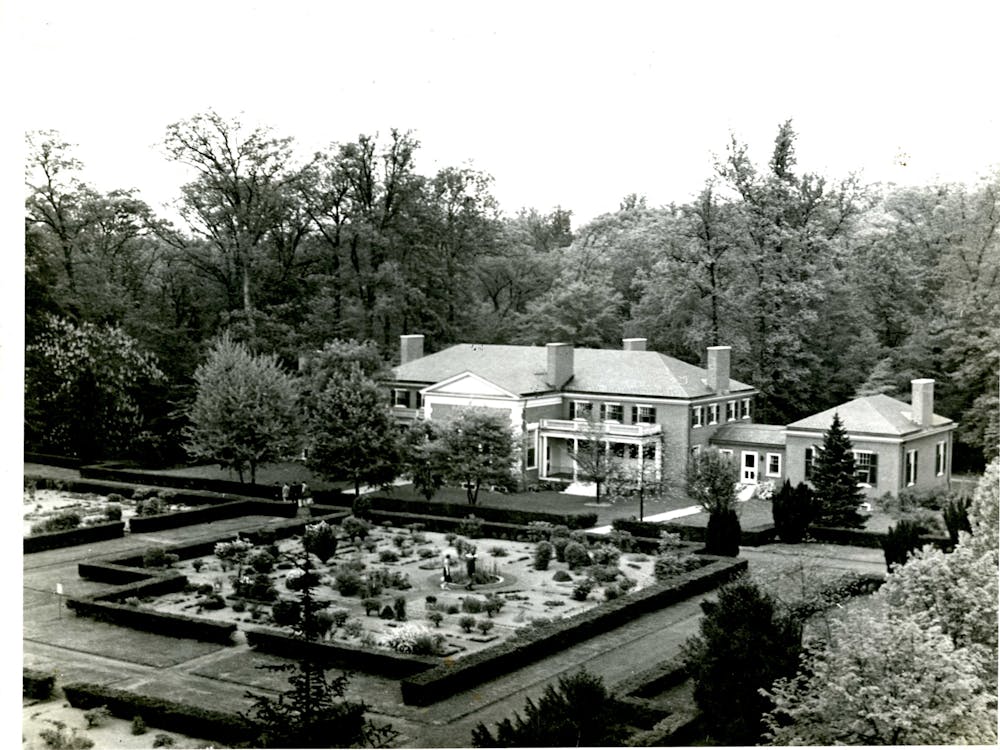Provost Robert C. Lieberman will be leaving his position in June and assuming a professorship in the Department of Political Science in the Krieger School of Arts and Sciences.
He discussed his excitement to return to academia. Before coming to Hopkins, he had served as a faculty member for thirteen years at Columbia University before becoming a department chair in 2007 and vice dean for academic affairs in 2009.
“One of those things you really give up is being in the classroom, your research life... so it’s a trade-off you make, and I’m excited to be going back,” he said. “I have a lot of developments in my field to get current on; I have a lot of books to read. I’ll use that time to really plot out a research program for going forward.”
He further discussed his plans to move forward with his research. After working as a provost for three years, he will be picking up many projects he had already started looking into while at Columbia.
“I’ll be involved in a big comprehensive research program on racial inequality and the history and policy implications of that here in Baltimore,” he said. “And that allows me to pick up a number of threads of my scholarly life, which is where I really focused on understanding the challenges of racial inequality in the modern world.”
His position as provost made it difficult for Lieberman to address and respond to certain issues over the past months, especially pertaining to race in Baltimore. The death of Freddie Gray last year, which led to both peaceful and violent protests throughout Baltimore, contributed to what spurred Lieberman’s decision to return to teaching and research.
“In the last nine months since the arrest of Freddie Gray and the unrest and the issues that exposed here in Baltimore... I felt a little bit more of a tug back to my research life since that’s what I’ve devoted my scholarly career to: The understanding of the dynamics of race and power in American politics,” Lieberman said. “It’s really been since last spring... it’s been frustrating for me to be here in Baltimore at a great university with all the intellectual resources around and have this playing out in front of me and just not have time and attention to devote to it the way I’ve been trained to do.”
Lieberman reflected on his time as provost, commenting on initiatives he considered to be his biggest accomplishments.
“A couple things that I’ve been most proud of... one is the Bloomberg Distinguished Professor program. This is one of the things that attracted me to come here and take this job at Hopkins. I arrived just as that gift had been announced and that program was being launched,” he said. “And what we’ve done is to hire now about 20 great faculty members who are all appointed in more than one school in the University, who span fields and who are outstanding people. [This] just raised the level of the faculty, [and] has brought new excitement and new ideas.”
At the end of the five year program, Hopkins will have appointed the full roster of 50 Bloomberg Distinguished Professors across the University. Lieberman also elaborated on how he has addressed the issue of diversity at Hopkins across faculty and students, a concern that bloomed especially after November’s Black Student Union (BSU) protest.
“Another thing we’ve been spending a lot of time on is the issue of diversity, especially starting with the faculty, which is really the linchpin of the issue of diversity in the University. Over the course of last year we did a very comprehensive look at the diversity profile of the faculty across the University. We’ve been compiling data and doing presentations about that and built the faculty diversity initiative that we launched in the fall,” he said. “It’s a $25 million initiative to really promote better practices for finding the most outstanding faculty, broadening and deepening the pools of people that we look to when hiring faculty, providing support for schools and departments to hire faculty members who enhance the diversity of the University and, most crucially, creating an atmosphere and a climate and an environment here at Hopkins where every faculty member from every background has an opportunity to thrive and succeed.”
He emphasized that creating a positive environment for all faculty will increase the quality of education at Hopkins.
“[We want to] make everyone feel welcome and make everyone feel like they’re a part of the University community and then they’ll have their best chance to do the kind of work and the teaching that is going to make them valuable members of the community and make us want to keep them over the long term. So I’m really proud of the progress we’ve made on faculty diversity particularly,” he said. “Over the past year we’ve been engaged in a set of much broader conversations including, crucially, the conversation sparked by the BSU in the fall; Not just faculty diversity issues but a whole range of issues about the climate at the University, about the climate on campus, about how we can make the value of diversity really an embedded part of the University.”
For Lieberman and his office, improving the racial climate at Hopkins is not purely a response to last fall’s BSU protest. It has been an ongoing effort that will continue beyond his tenure as provost.
“This is not just a response to the events of the fall, it’s something that we’ve been very committed to, so I’m proud of the work we’ve done,” he said. “There’s a lot more that we need to do. I know people in this office will keep going after I move back across campus.”
After Lieberman returns to teaching he ensures his office will continue working to hire new professors in the most fair way possible. They’ve had certain processes in place already to ensure the hiring process is equitable.
“It’s important to focus on the process around hiring faculty — especially hiring and promoting and nurturing faculty. One of the things we’re very focused on is making sure the processes we use to search for new faculty colleagues are not just fair, but open to finding the best faculty from wherever,” he said. “It’s easy to fall into habits of hiring through networks that people who are already here are familiar with. You’re not going to get the best view of where the next generation of scholars are if that is how you search. So we’re very focused on the culture of searching for excellence across the board. If we can create that kind of change in habits and practices, then over time you’ll see not only a more diverse faculty, you’ll see the maintenance and enhancement of the excellence of the faculty.”
Lieberman spoke of the overwhelming culture of tension and resolution at Hopkins, which he described as cyclic in nature and comparable to that of peer institutions across the country. However, he is ultimately confident that the University will be able to change how students feel about their administration and increase everyone’s comfort level on campus.
‘We’ve begun to change the culture and habits of the University: something both [BSU President] Matt Brown and President Daniels noted in their opening comments was the episodic nature of these convos at Hopkins. Every 10-12 years or so, there’s protests, people raise a set of issues about lack of progress, there’s some episodic progress and then things dissipate until the next round of activity,” he said. ”So we’re really focused on trying to break that cycle... changing the fabric of the way we think about hiring faculty, the curriculum, the kinds of community we have on campus.”























Please note All comments are eligible for publication in The News-Letter.